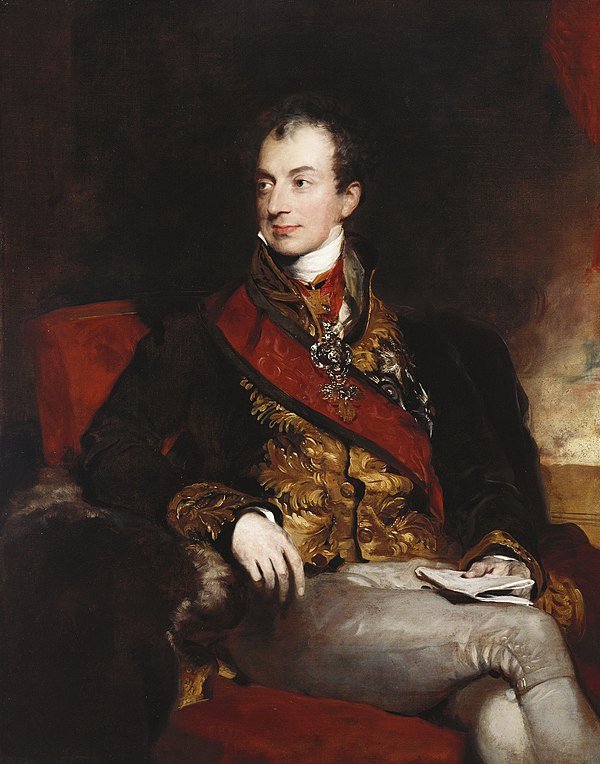
Congress Poland
PolandAfter Napoleon's defeat, a new European order was established at the Congress of Vienna, which met in the years 1814 and 1815. Adam Jerzy Czartoryski, a former close associate of Emperor Alexander I, became the leading advocate for the Polish national cause. The Congress implemented a new partition scheme, which took into account some of the gains realized by the Poles during the Napoleonic period.
The Duchy of Warsaw was replaced in 1815 with a new Kingdom of Poland, unofficially known as Congress Poland. The residual Polish kingdom was joined to the Russian Empire in a personal union under the Russian tsar and it was allowed its own constitution and military. East of the kingdom, large areas of the former Polish–Lithuanian Commonwealth remained directly incorporated into the Russian Empire as the Western Krai. These territories, along with Congress Poland, are generally considered to form the Russian Partition. The Russian, Prussian, and Austrian "partitions" are informal names for the lands of the former Commonwealth, not actual units of administrative division of Polish–Lithuanian territories after partitions. The Prussian Partition included a portion separated as the Grand Duchy of Posen. Peasants under the Prussian administration were gradually enfranchised under the reforms of 1811 and 1823. The limited legal reforms in the Austrian Partition were overshadowed by its rural poverty. The Free City of Cracow was a tiny republic created by the Congress of Vienna under the joint supervision of the three partitioning powers. Despite the bleak from the standpoint of Polish patriots political situation, economic progress was made in the lands taken over by foreign powers because the period after the Congress of Vienna witnessed a significant development in the building of early industry.
